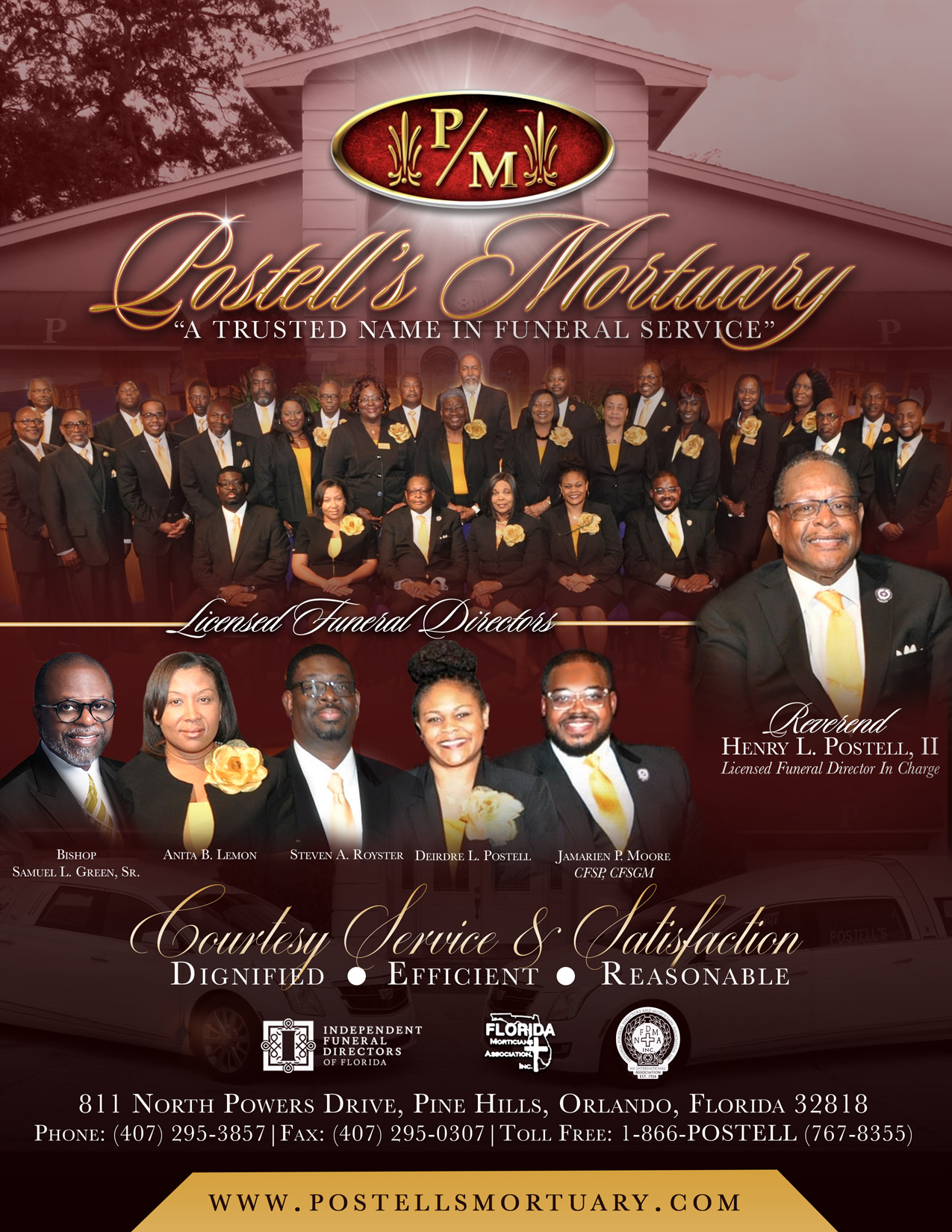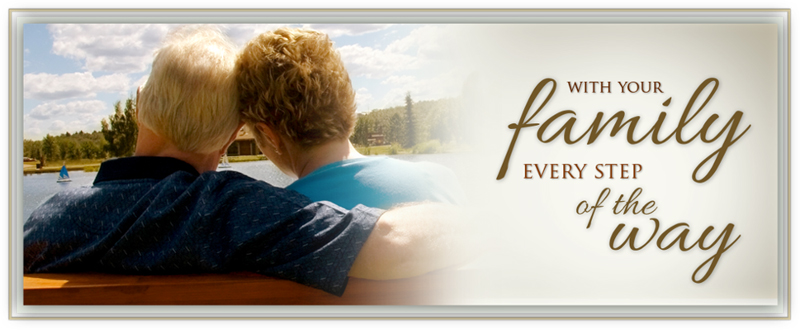Ralph was transferred to the U.S. Mint at West Point in NY, on November 3, 2002, and moved to here in New Jersey. In recent years, Ralph became deeply interested in his genealogy. He was fiercely proud of his Scottish heritage, says Ellen. He was also a proud member of the Sons of the American Revolution, and The Mayflower Society, being one of 26 male descendents from the Mayflower. Ralph and Linda traveled often, and their road trips usually included a stop at the National Archives, or stopping in to visit a distant relative he had discovered through his research.
In early 2002, 334 corpses that were supposed to have been cremated in the previous few years at the Tri-State Crematory were found intact and decaying on the crematorium's grounds in the U.S. state of Georgia, having been dumped there by the crematorium's proprietor. Many of the corpses were decayed beyond identification. Some families received "ashes" that were made of wood and concrete dust.[127]
The appearance of cremated remains after grinding is one of the reasons they are called ashes, although a non-technical term sometimes used is "cremains",[3][4] a portmanteau of "cremated" and "remains". (The Cremation Association of North America prefers that the word "cremains" not be used for referring to "human cremated remains". The reason given is that "cremains" is thought to have less connection with the deceased, whereas a loved one's "cremated remains" has a more identifiable human connection.[61])
Suzanne Blanks is a licensed funeral director with a passion for helping people. She grew up in Central Florida and has also lived in London, England, Atlanta, GA and Key West, FL. Before her 10 year career in funeral directing she was a pre-school and elementary teacher. She enjoys art, spending time at the beach, traveling and volunteering at church.
However, Protestant churches welcomed the use of cremation at a much earlier date than the Catholic Church; pro-cremation sentiment was not unanimous among Protestants, however.[96] The first crematoria in the Protestant countries were built in the 1870s, and in 1908, the Dean and Chapter of Westminster Abbey—one of the most famous Anglican churches—required that remains be cremated for burial in the abbey's precincts.[97] Today, "scattering", or "strewing," is an acceptable practice in many Protestant denominations, and some churches have their own "garden of remembrance" on their grounds in which remains can be scattered. Other groups also support cremation. Some denominations, like Lutheran churches in Scandinavia, favour the urns being buried in family graves. A family grave can contain urns of many generations and also the urns of spouses and loved ones.
Do you get help with funeral costs?
Although the Holy See has in some cases authorized bishops to grant permission for funeral rites to be carried out in the presence of cremated remains, it is preferred that the rites be carried out before cremation, in the presence of the still intact body. Practices that show insufficient respect for the ashes of the dead such as turning them into jewelry or scattering them are forbidden for Catholics.[88]
The apprentice was so excited to be left alone in the garden. Each day he watered and fertilized each plant ever so carefully and gently. He was especially fond of the amaryllis plant. This plant was special because he knew it was going to bloom this dazzling red bloom around Christmas. He so loved waking up each day to see how far the amaryllis had grown. One day as he was tending to all the plants he noticed the amaryllis bud was ready to bloom, and he was for sure that tomorrow morning when he awoke he would get to see the glorious red bloom of the Christmas amaryllis. The whole day was filled with anticipation and excitement to what the next day would bring. The apprentice could hardly sleep.
After the sudden passing of my wife, Caren, I contacted National Cremation. They met me at the hospital and set up an appointment with Mr. Stephen Barreto. He was very professional, knowledgeable, caring and while treating me with the utmost respect, he very patiently explained all my options. Within a very short period, all the arrangements were made and only five days later I received the urn in preparation for a Memorial Service at their location. Although we had a larger than expected turnout, Mr. Barreto went out of his way to accommodate everyone. His assistance and that of the staff was simply outstanding and very much appreciated. Altogether, Mr. Barreto while very compassionate made the whole experience as painless as possible.
Here are some ceremonies for moments and occasions that have been neglected as opportunities to express care and love. Whether a funeral or memorial is organized by the religious orientation of the family, or is created to express sanctified and unique expression, there are ideas here to consider. Our Language for the Journey suggests poems, readings, and prayers. Below you'll find templates and ideas for different kinds of end-of-life ceremonies.

